homemade dog food guide
Homemade Dog Food Guide
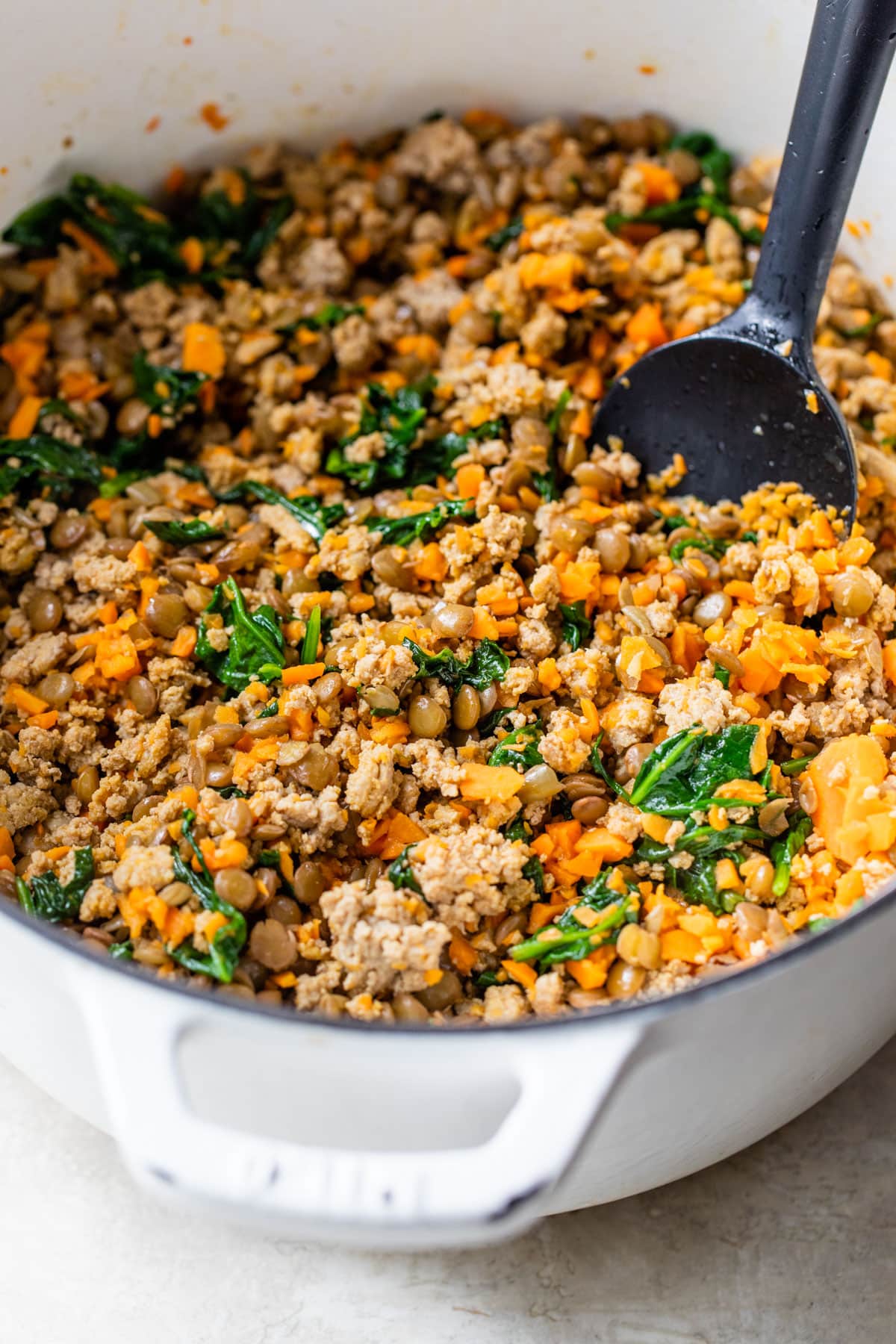
Introduction
There are many reasons why you might want to feed your dog homemade food. You may be concerned about the quality of commercial dog food, or you may have a dog with allergies or other special dietary needs. Homemade dog food can be a great way to ensure that your dog is getting the nutrients they need, and it can also be a more affordable option than commercial food.
This guide will provide you with all the information you need to start making homemade dog food for your pet. We will cover the basics of nutrition for dogs, the different types of ingredients you can use, and how to safely prepare and store homemade dog food.
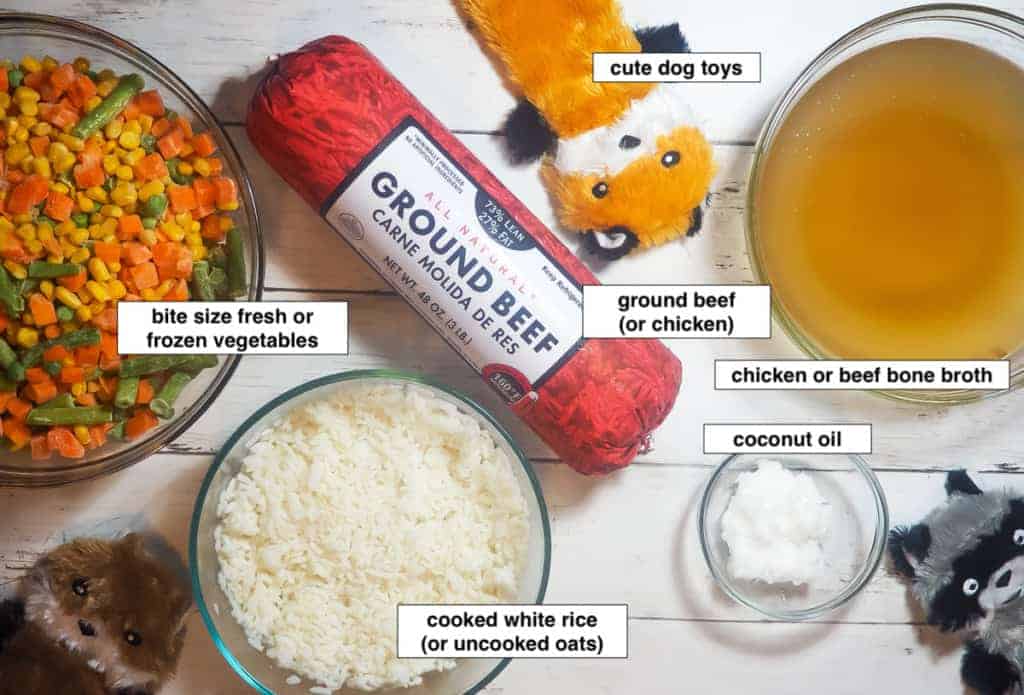
Nutrition for Dogs
The most important thing to remember when making homemade dog food is to make sure that it is nutritionally balanced. Dogs are carnivores, and their bodies are designed to digest and absorb animal protein. A homemade dog food diet should consist of at least 70% protein, 20% fat, and 10% carbohydrates.
The protein in your dog's diet should come from a variety of sources, such as meat, poultry, fish, eggs, and dairy products. Fat is an essential nutrient for dogs, and it helps to provide energy and support the immune system. Carbohydrates are also important, but they should be limited in your dog's diet.

In addition to the macronutrients, dogs also need a variety of vitamins and minerals. These can be found in a variety of fruits, vegetables, and whole grains.
If you are unsure how to balance your dog's diet, you can consult with a veterinarian or a veterinary nutritionist. They can help you create a customized diet that meets your dog's individual needs.
Types of Ingredients
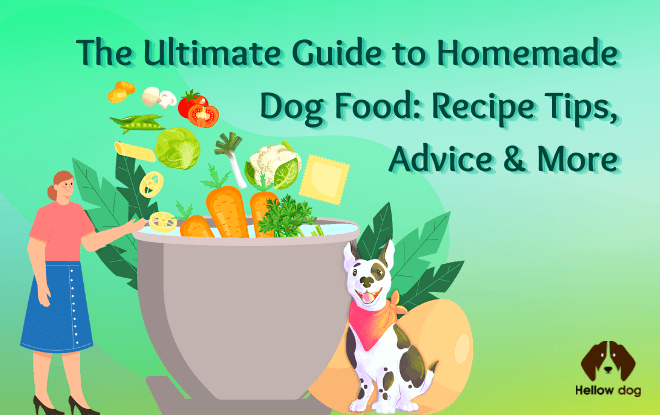
When choosing ingredients for your homemade dog food, it is important to use high-quality, fresh foods. Avoid using processed foods, as they are often high in sodium and other unhealthy ingredients.
Some of the best ingredients for homemade dog food include:
- Meat: Beef, chicken, pork, lamb, fish, eggs
- Poultry: Chicken, turkey, duck
- Fish: Salmon, tuna, mackerel, sardines
- Eggs: Whole eggs, egg whites, egg yolks
- Dairy products: Milk, yogurt, cheese
- Fruits: Apples, bananas, berries, melons, peaches
- Vegetables: Carrots, peas, green beans, broccoli, spinach
- Whole grains: Brown rice, oats, quinoa, barley
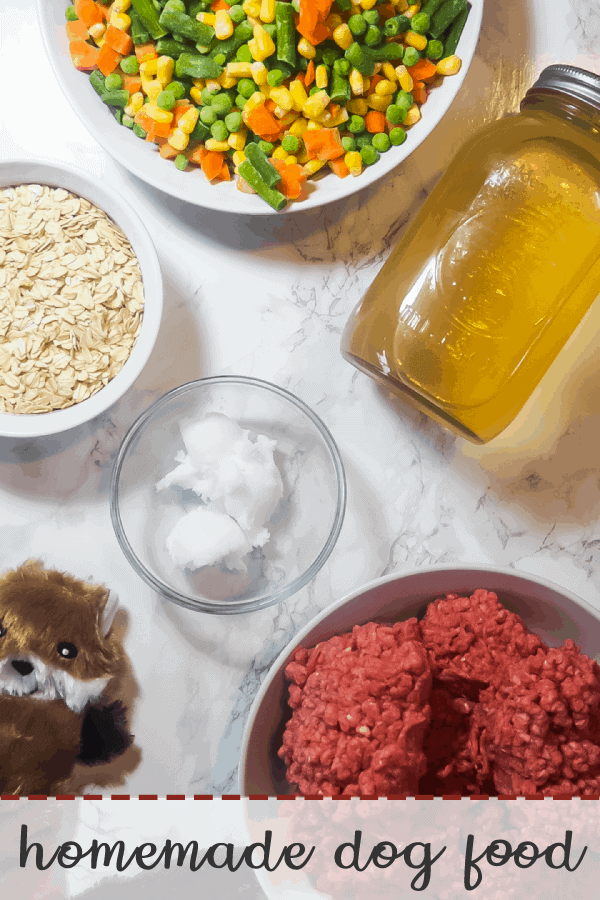

You can also add a variety of supplements to your dog's diet, such as fish oil, probiotics, and glucosamine. These supplements can help to improve your dog's health and well-being.

How to Prepare Homemade Dog Food
Preparing homemade dog food is not difficult, but it does require some time and effort. The following steps will walk you through the process:
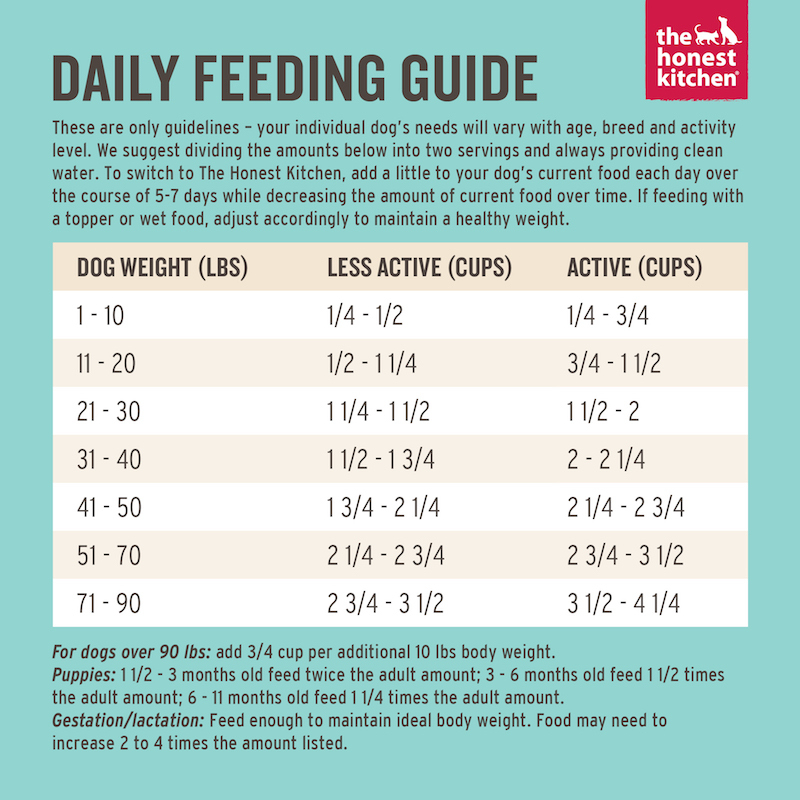

- Choose a recipe. There are many different recipes available for homemade dog food. Choose one that fits your dog's specific needs and preferences.
- Gather your ingredients. You will need to gather all of the ingredients for the recipe you have chosen. Make sure to use fresh, high-quality ingredients.
- Prepare the ingredients. Depending on the recipe, you may need to cook the meat, vegetables, and grains. You may also need to chop or puree the ingredients.
- Assemble the food. Once the ingredients are prepared, you can assemble the food according to the recipe.
- Store the food. Homemade dog food can be stored in the refrigerator or freezer. Make sure to label the food with the date and type of food.
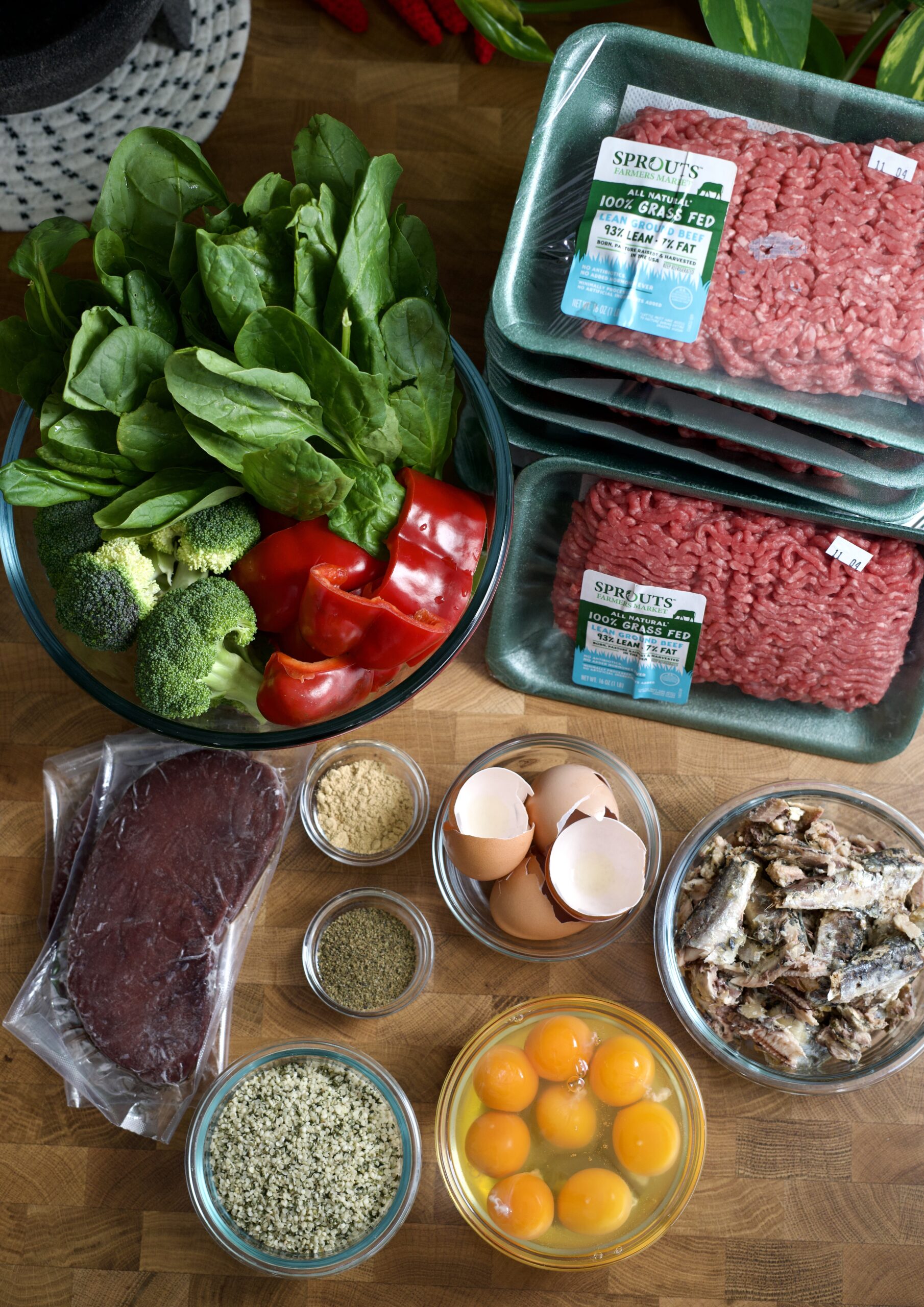
How to Feed Homemade Dog Food
Once you have made your homemade dog food, it is time to feed it to your dog. Here are a few tips:


- Start by gradually introducing the new food to your dog's diet. Mix a small amount of the homemade food with your dog's current food. Gradually increase the amount of homemade food until your dog is eating it exclusively.
- Feed your dog at least twice a day. The amount of food you feed your dog will depend on their size, age, and activity level.
- Make sure your dog has access to fresh water at all times.
- Monitor your dog's weight and health closely. If you notice any changes, consult with your veterinarian.
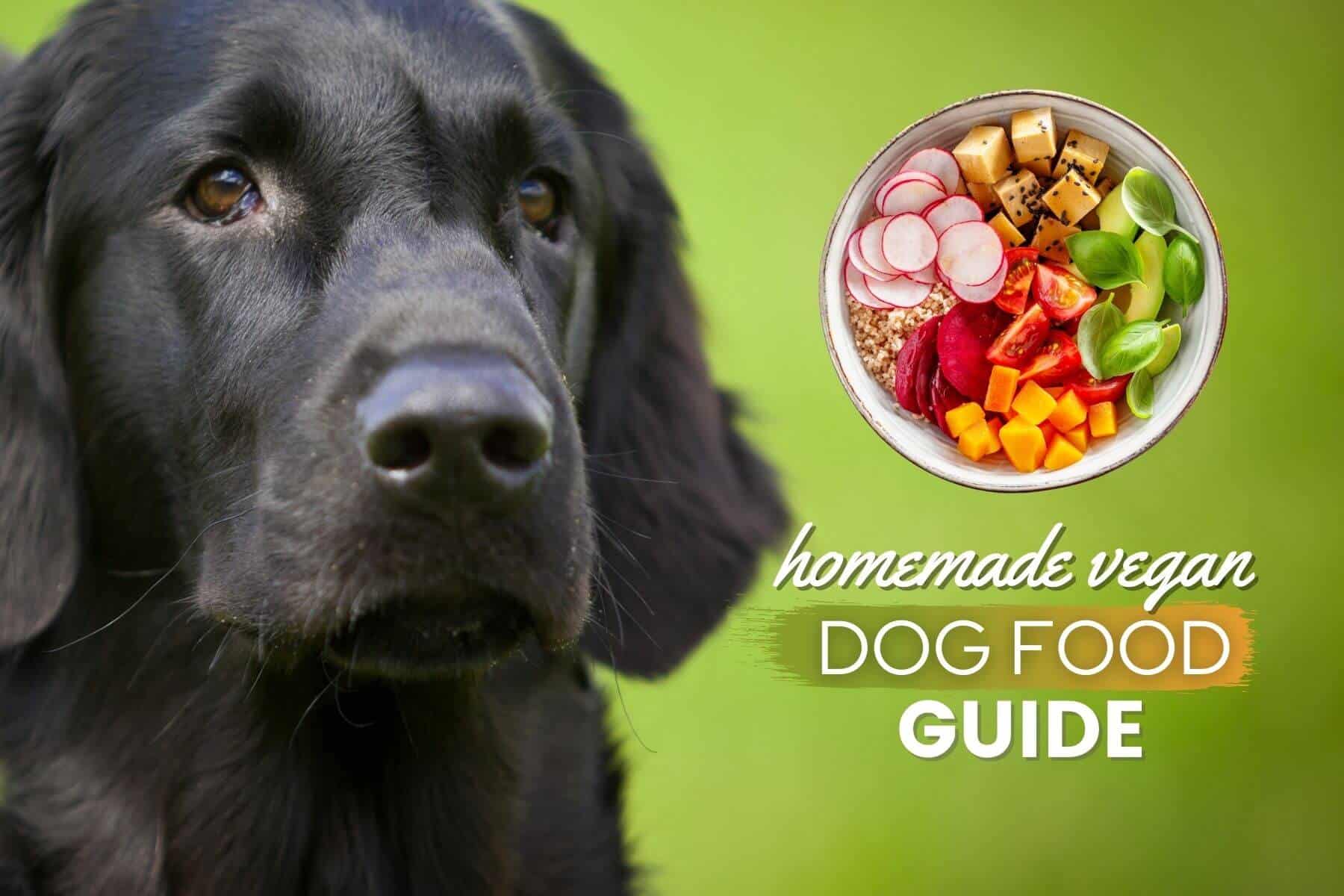
Homemade Dog Food Benefits
There are many benefits to feeding your dog homemade food. These benefits include:
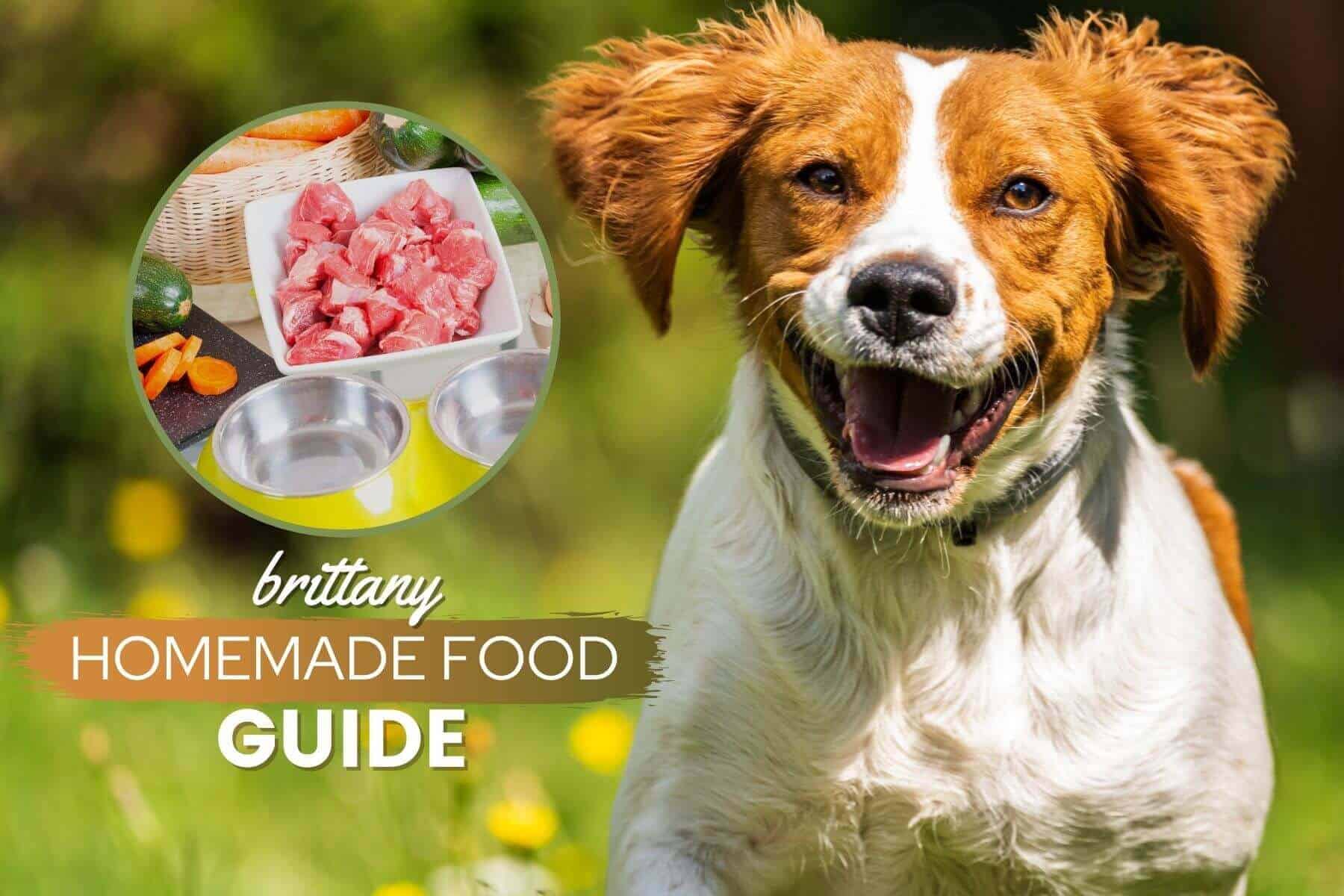

- Improved nutrition: Homemade dog food can be more nutritious than commercial dog food. This is because you can control the ingredients and make sure that your dog is getting the nutrients they need.
- Reduced allergies: Homemade dog
Homemade Dog Food Guide
Introduction

Homemade dog food is a great option for pet owners who want to provide their dogs with a healthy and nutritious diet. It can be more economical than buying commercial dog food, and it gives you more control over the ingredients that go into your dog's food.
However, it is important to make sure that you are following a safe and nutritious recipe when making homemade dog food. This guide will provide you with all the information you need to get started on making your own dog food.
Benefits of Homemade Dog Food

There are many benefits to feeding your dog homemade food. Some of the benefits include:
- More control over the ingredients: When you make your own dog food, you can control the ingredients that go into it. This means that you can avoid ingredients that your dog may be allergic to or that you don't want them to eat.
- More nutritious: Homemade dog food can be more nutritious than commercial dog food. This is because you can control the amount of each nutrient in the food, and you can use fresh, wholesome ingredients.
- More economical: Homemade dog food can be more economical than commercial dog food. This is because you can buy ingredients in bulk and make large batches of food.
- More personal: Homemade dog food can be more personal than commercial dog food. You can choose recipes that your dog enjoys, and you can make food that is tailored to their individual needs.
Risks of Homemade Dog Food

There are also some risks associated with feeding your dog homemade food. Some of the risks include:
- Nutritional imbalances: If you are not careful, you can create a homemade dog food diet that is nutritionally imbalanced. This can lead to health problems for your dog.
- Foodborne illness: If you are not careful when handling raw meat or other ingredients, you can contaminate your dog's food and cause a foodborne illness.
- Ingestion of harmful ingredients: If you are not careful about what ingredients you use, your dog could ingest something harmful. This could include bones, spices, or other ingredients that are not safe for dogs to eat.

How to Make Homemade Dog Food Safely


If you are interested in making your own dog food, there are a few things you can do to make sure that it is safe for your dog to eat.
- Start with a recipe from a trusted source: There are many different recipes for homemade dog food available online. However, not all of these recipes are created equal. It is important to start with a recipe from a trusted source, such as a veterinarian or a certified canine nutritionist.
- Use fresh, wholesome ingredients: When making homemade dog food, it is important to use fresh, wholesome ingredients. This means avoiding processed foods, artificial ingredients, and unhealthy fats.
- Cook all ingredients thoroughly: All ingredients in homemade dog food should be cooked thoroughly to kill any harmful bacteria. This includes meat, vegetables, and fruits.
- Store homemade dog food properly: Homemade dog food should be stored in airtight containers in the refrigerator or freezer. This will help to keep it fresh and prevent the growth of bacteria.
- Feed your dog homemade food in moderation: Homemade dog food can be a great addition to your dog's diet, but it should not be the only thing they eat. Commercial dog food is still a good source of nutrients for dogs, and it can help to round out their diet.

Homemade Dog Food Recipes


Once you have chosen a safe and nutritious recipe, you can start making your own dog food. Here are a few simple recipes to get you started:
Simple Chicken and Rice Dog Food

- 1 pound of boneless, skinless chicken breasts
- 1 cup of cooked rice
- 1 cup of water
- 1 teaspoon of olive oil
- 1/2 teaspoon of salt
- 1/4 teaspoon of black pepper

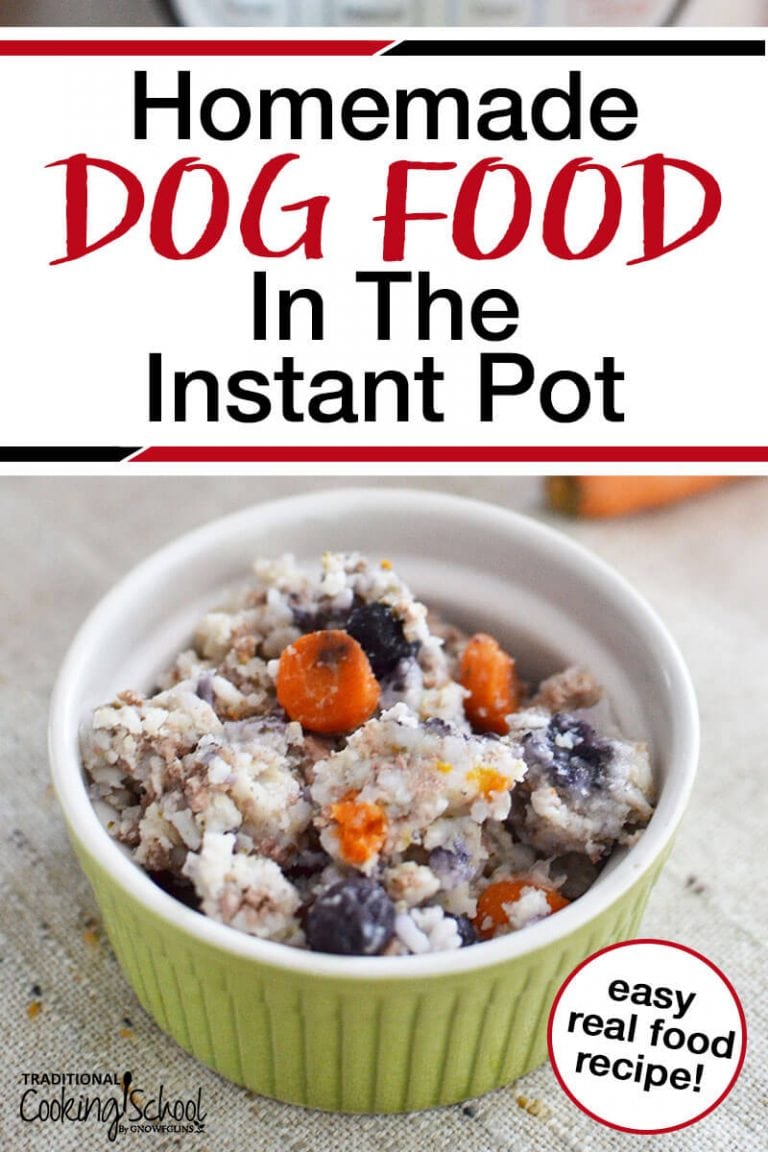
Instructions:
- In a large pot, bring the chicken breasts, rice, and water to a boil.
- Reduce heat to low and simmer for 15 minutes, or until the chicken is cooked through and the rice is tender.
- Remove the pot from the heat and let it cool slightly.
- Shred the chicken breasts and stir them into the rice mixture.
- Add the olive oil, salt, and pepper and stir to combine.
- Serve the dog food warm or cold.

Vegetarian Dog Food


- 1 cup of cooked brown rice
- 1 cup of cooked lentils
- 1 cup of chopped carrots
- 1 cup of chopped broccoli
- 1/2 cup of chopped spinach.
